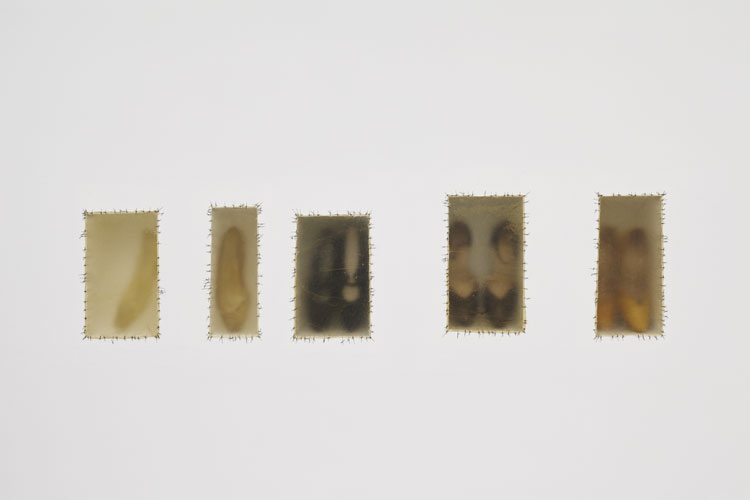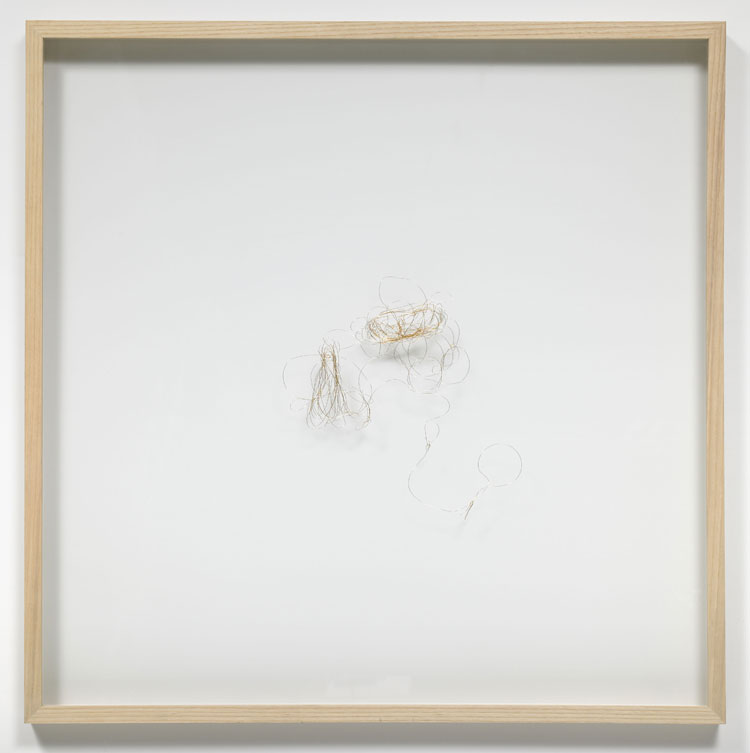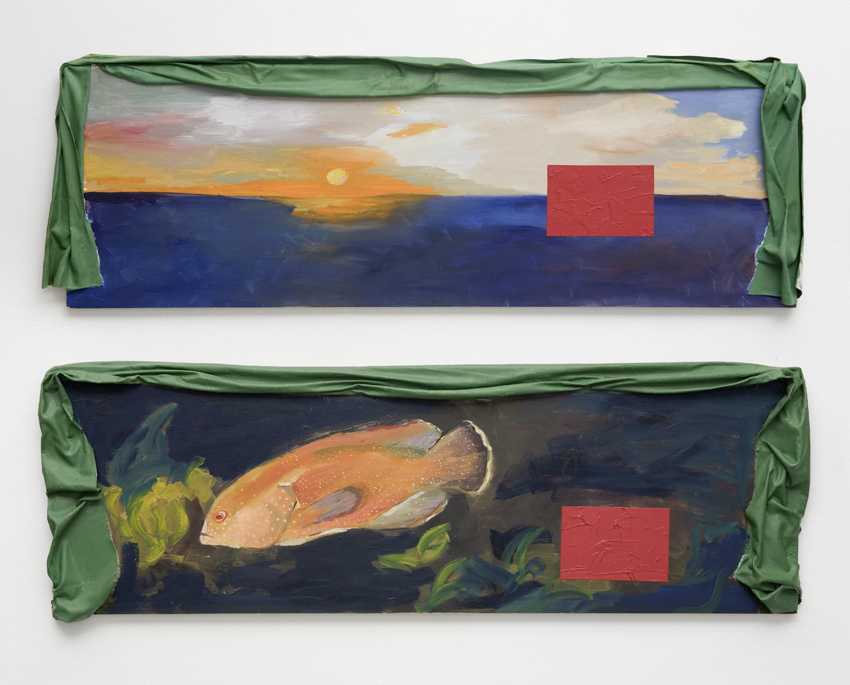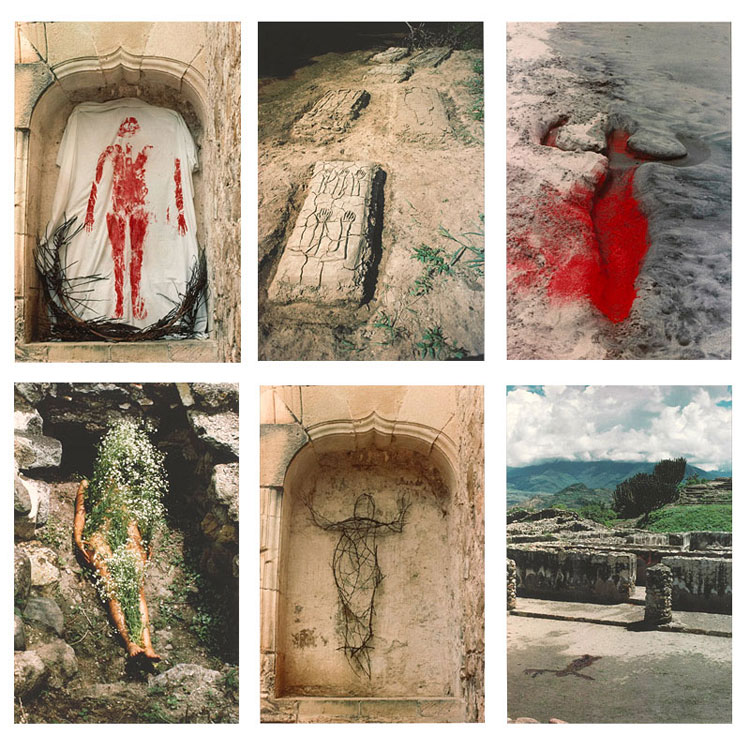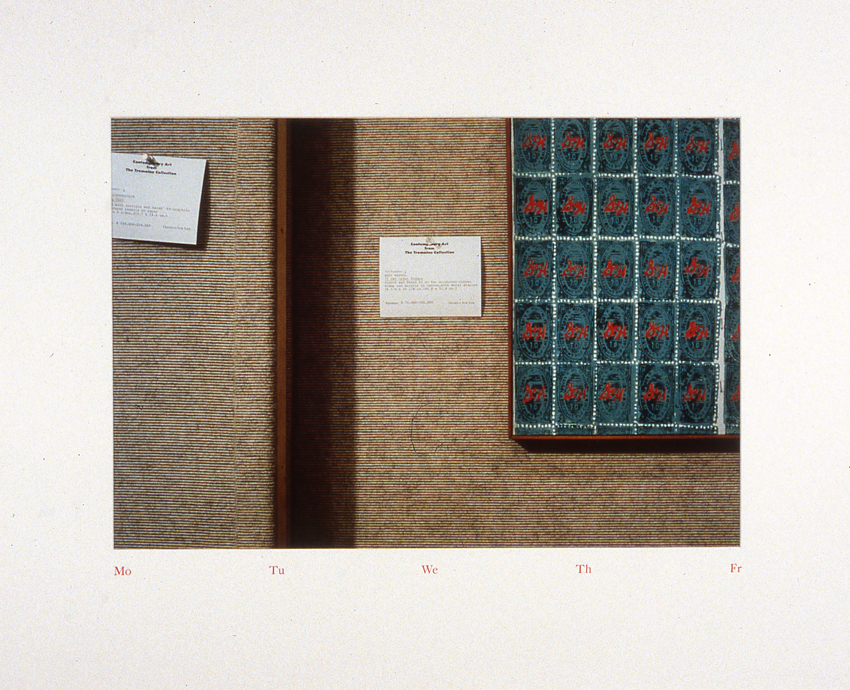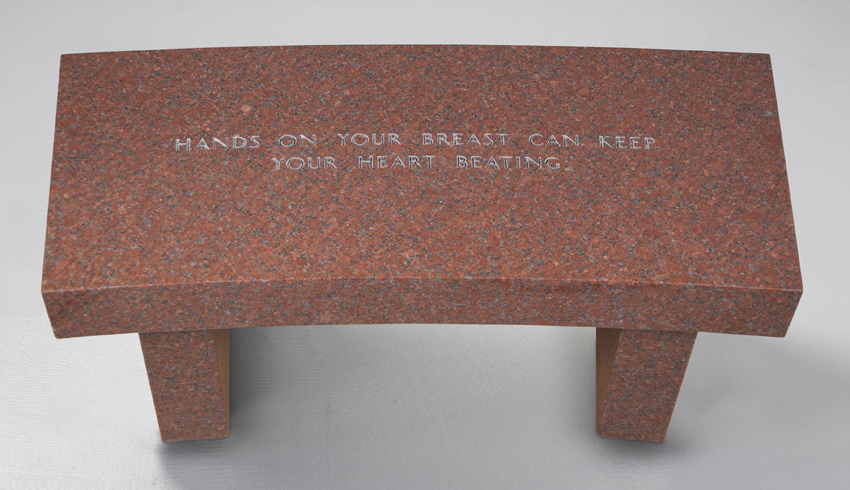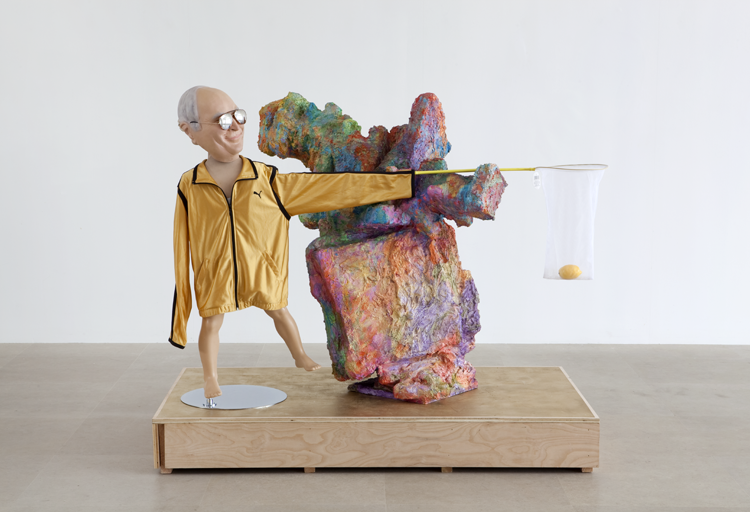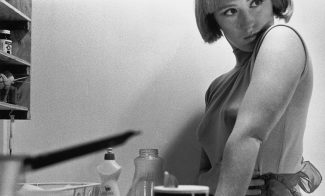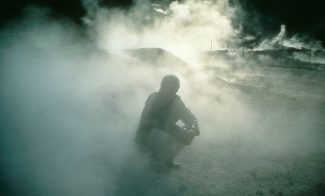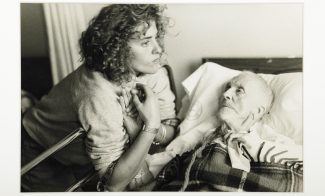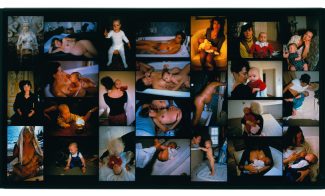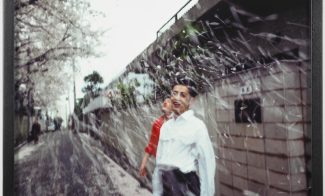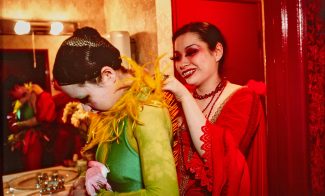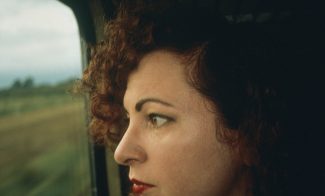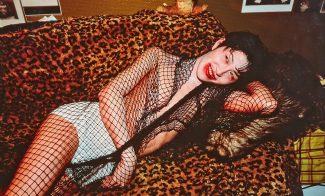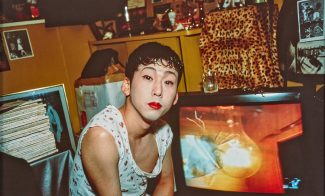Since the 1960s, Annette Messager (Born 1943 in Berck, France) has used photography, knitting, drawing, collage/assemblage, and other techniques to engage issues of the body, gender, and identity. With imagery that is poetic, humorous, and morbid, she interrogates assumptions around femininity and exposes the cultural forces that shape our ideas about what it means to be a woman.
In the series The Story of Dresses, Messager inserts dresses into shallow wooden cases covered with glass. Along with the clothing, she includes such items as small photographs of body parts, painted images, and printed words. Because of the nature of their contents, the cases conjure coffins—they seem to allude to the body and life of a woman who is no longer present. The work’s title suggests that the real story does not concern the person herself but rather the objects and images that surround her.
As part of her work, Messager has created a number of roles for herself, including those of “the trickster,” “the practical woman,” and “the peddler.” Like the personas she assumes, the dresses and images in the cases suggest that identity is something unfixed, that it can be “worn” like an item of clothing. The objects also evoke relics and votive images (images of saints or body parts given to churches during the Middle Ages), in line with Messager’s frequent invocation of religious imagery. During her childhood, her father exposed her to the stained glass windows and altarpieces of medieval churches, and she often draws on these aesthetic experiences in her work.
Messager has become a key figure in postwar art, and The Story of Dresses augments the ICA/Boston’s collection of works by important female artists of the twentieth and twenty-first centuries.
